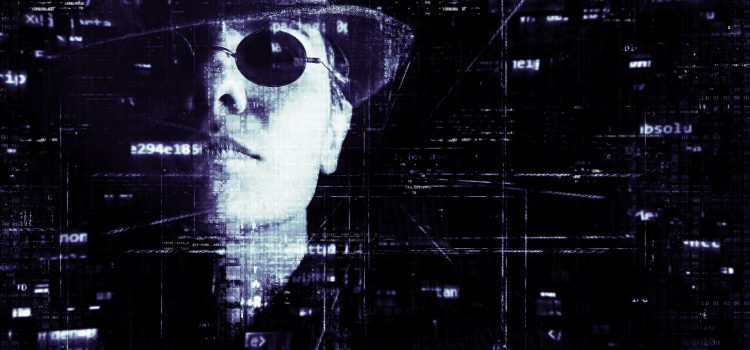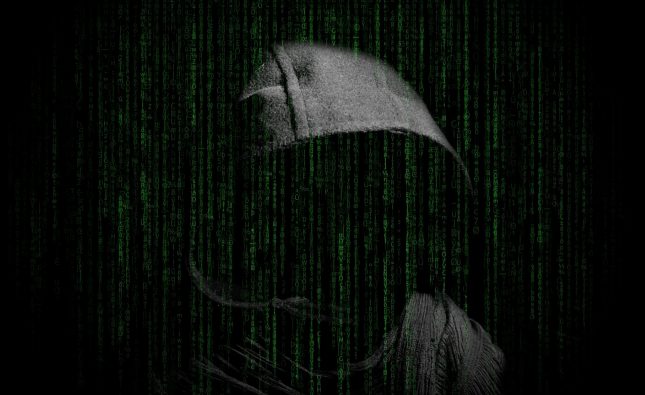
Have you ever wondered why malware that you continuously remove affects your operating system or computer again? Well, you have a firewall, anti-spyware and antivirus but your PC is still infected by the virus or malware that you have removed regularly. The rootkit may be the source of this malware infection. Now, what is a rootkit? Well, a rootkit is a malicious software or program that tries to hide itself from system management utility, anti-spyware or even antivirus. The rootkit can also disable the anti-spyware, antivirus and firewall. By doing this, it enables the malicious program to install spyware or malware in a user’s PC. It is for this reason that the program keeps on coming back even after removing it severally.
It is possible for hackers to access your system because the rootkit disables the firewall and opens a precise port to enable intruders’ access your system. Apart from installing malware and spyware, a rootkit can also install keyloggers in your PC which is dangerous because hackers can access your social security number or credit card number. This will only lead to other more significant problems.
What can a Rootkit Do?
A rootkit enables an intruder to maintain command and control over a PC without the user or owner knowing about the activity. After a rootkit has been installed, the regulators of the rootkit are given the powers of remotely executing files and even alter some system configurations on the host computer. Additionally, rootkit on the infected machine also possesses the ability to access files and spy on the genuine PC owner’s usage.
How to Detect Rootkit Infection
It is typically hard to detect rootkits. However, just like other types of malware, rootkit infections are usually accompanied by normal signs that include windows settings changing freely, antivirus stops working, pinned items on the taskbar disappears for no reason and the background images changing on their own. Slow performance of your system may also be an indicator that the rootkit infects your PC. It is essential to note that there are no commercial products available to find and remove all the known as well as the unknown rootkits. As a solution, the viable option of eradicating rootkit is to rebuild the compromised system entirely.
Protection against Rootkit
Most rootkits enter the computer systems by sponging with a virus or software that a user trusts. You can secure your system from rootkits by ascertaining it is kept covered against known susceptibilities. This incorporates patches of your operating system, up-to-date virus definitions, and applications. For instance, you should avoid accepting files or opening file attachments from anonymous sources. It is also essential for you to be extra careful when installing apps and also reading the end-user license agreements. IT departments and enterprise developers purchasing ready-made apps can scan their applications to identify threats including ‘hidden-credentials’ and ‘special’ backdoors.
Popular Examples of Rootkits
- Kernel Rootkit – these are the type of rootkits that function at the kernel level (the core of the OS) and possess severe impact on the system. These rootkits are typically difficult to identify because they operate at the kernel which means they boast same privileges as the operating system.
- Application Rootkit – these rootkits work at the application level. The rootkits do not infect the kernel but the app files inside your PC. These frequently replace the app files (which they are trying to affect) with the rootkit files or even alter the behavior of the app by inserting code.
- Firmware Rootkit – these rootkits impacts the firmware gadgets such as network devices. These rootkits are typically booted when the computer gets booted and is present as long as the gadget is. The rootkit is also difficult to identify.
- Bootkit Rootkits – these rootkits are also referred to as the boot loader level kits, and they affect the genuine bootloader of the operating system with the respective rootkit. Whenever the operating system is started, the rootkits gets activated. Clearly, these rootkits also pose a severe threat to your operating system.
- Memory Rootkit – these rootkits typically hide themselves and function from the machine’s memory, that is, the RAM.
- Library Rootkits – just like the name denotes, these rootkits infects the library files in a user’s computer. For instance, it impacts the window’s ‘dll’ files. Also, as seen on other toolkits, it impacts various files and replaces them with its own code.
- Persistent Rootkits – it is a standard toolkit that starts up and stays functional until the operating system is shut down. A con about this toolkit is that it can restart your system’s processes.
Now, even though rootkit is difficult to eradicate, there are various ways on how one can identify, eliminate and avoid it infect your system.
1. Rootkit Revealer
Rootkit Revealer is software that can reveal the impacts of a rootkit. It is a 225kb software that shows files and registry modifications. Nonetheless, not all the results given by the Rootkit Revealer are rootkits, and the results should thus be examined first. You can consider participating in computer forums and ask more about the results in these forums.
2. Schedule the anti-malware to scan before the OS boots
The persistent rootkits are linked to the malware and will operate each time the system starts, and it is hard to identify it when the OS runs. Thus, you should schedule a scan before the operating system starts. There are anti-spyware that boast this feature and will allow you to scan the OS before it boots, and the anti-malware will have the capability of detecting the rootkit. If the antivirus scans before the OS boots, the rootkit will not hide from the scan.
3. Reboot
Memory-based rootkits can be eliminated by rebooting your machine since they do not survive reboots. Thus, restarting your computer may help you deal with this kind of rootkit.
4. Avoid login using the Administrator Account
Logging in as the administrator to your system account will allow the rootkit to interfere with the OS. Thus, you should try using another account to avoid this scenario from happening. Using a standard account may limit your activity, but it may prevent hackers and intruders using the functions in the OS that are often associated with the admin account.
The above security measures are useful in preventing attackers installing rootkits and gaining root; however, your system is not still a hundred percent safe. An intruder may even be able to find some unknown openings in your system and gain root. Probably, the ideal way of safeguarding your system against rootkits is by using program integrity checkers. The integrity checking tools often create cryptographically protected digital fingerprint on the crucial files.



![What is Emotet? [Malware Explained]](http://rkdetector.com/wp-content/uploads/2018/10/hacker-2300772_1920-65x65.jpg)







